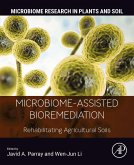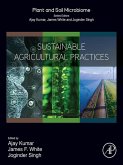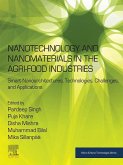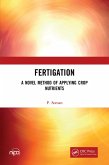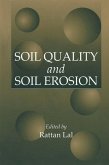Below the soil surface, the rhizosphere is the dynamic interface among plant roots, soil microbes and fauna, and the soil itself, where biological as well as physico-chemical properties differ radically from those of bulk soil.
The Rhizosphere is the first ecologically-focused book that explicitly establishes the links from extraordinarily small-scale processes in the rhizosphere to larger-scale belowground patterns and processes. This book includes chapters that emphasize the effects of rhizosphere biology on long-term soil development, agro-ecosystem management and responses of ecosystems to global change. Overall, the volume seeks to spur development of cross-scale links for understanding belowground function in varied natural and managed ecosystems.
- First cross-scale ecologically-focused integration of information at the frontier of root, microbial, and soil faunal biology
- Establishes the links from extraordinarily small-scale processes in the rhizosphere to larger-scale belowground patterns and processes
- Includes valuable information on ecosystem response to increased atmospheric carbon dioxide and enhanced global nitrogen deposition
- Chapters written by a variety of experts, including soil scientists, microbial and soil faunal ecologists, and plant biologists
Dieser Download kann aus rechtlichen Gründen nur mit Rechnungsadresse in A, B, BG, CY, CZ, D, DK, EW, E, FIN, F, GR, HR, H, IRL, I, LT, L, LR, M, NL, PL, P, R, S, SLO, SK ausgeliefert werden.



